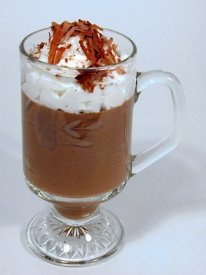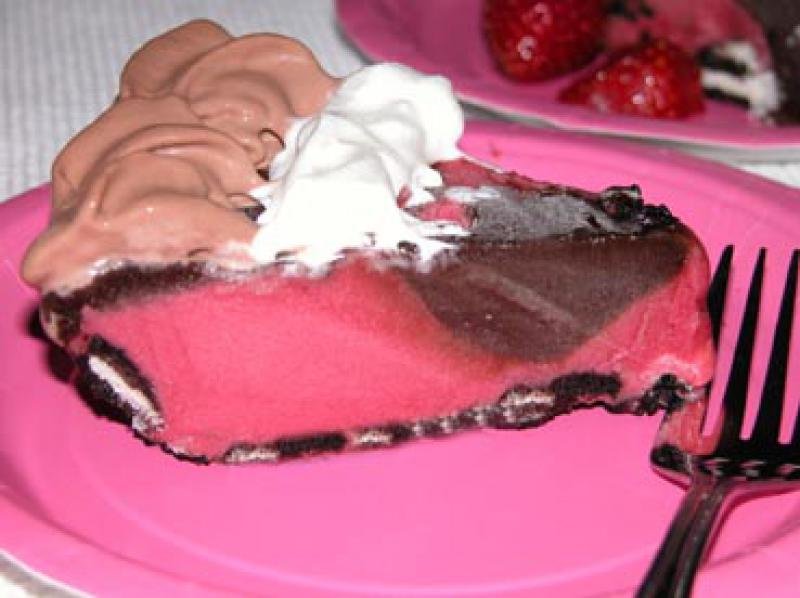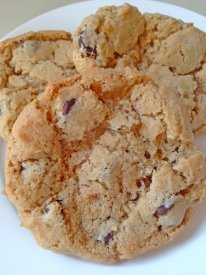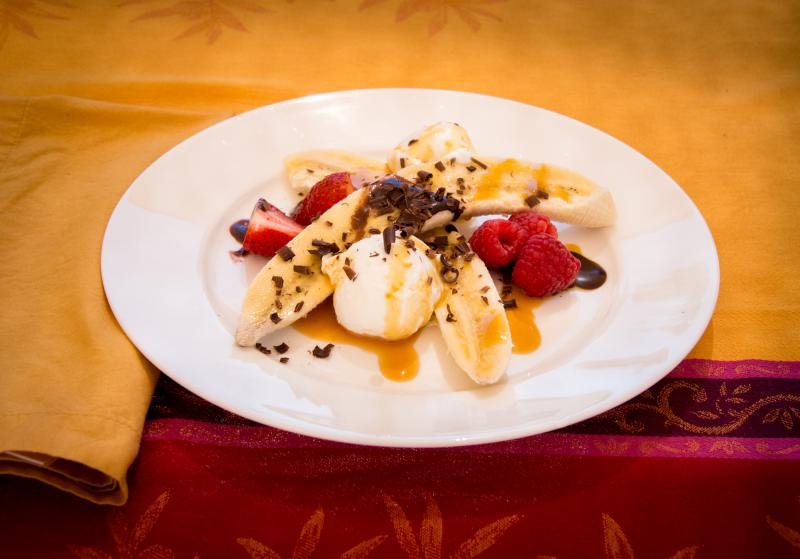Flavor Exploration: Chocolate

 Well, modern chocolate is made from cocoa beans, which are actually seeds from the fruit of the cacao tree. The beans are fermented, dried, and roasted. Then the shells are removed and the insides (nibs) are ground up and pressed. This produces chocolate liquor. Chocolate liquor contains the two main ingredients in chocolate: cocoa butter (the natural fat of the cocoa bean) and cocoa solids. The leftover nibs are ground into cocoa powder.These ingredients can come together to form all kinds of different chocolate. We've already talked about how cocoa powder is made, but what about chocolate candies and bars?The composition of different types of chocolate can actually vary quite a lot. Milk chocolate, for example, is made of sugar, cocoa butter, milk solids, and chocolate liquor. Dark chocolate, on the other hand, is made of sugar, cocoa butter, and chocolate liquor. It has no milk solids, and contains more cocoa solids than milk chocolate. White chocolate, by contrast, doesn’t have any cocoa solids, just cocoa butter, sugar, and flavorings. See how the ingredients from the same plant, mixed in different proportions, create such different chocolate foods?Chocolate and Your Health:
Well, modern chocolate is made from cocoa beans, which are actually seeds from the fruit of the cacao tree. The beans are fermented, dried, and roasted. Then the shells are removed and the insides (nibs) are ground up and pressed. This produces chocolate liquor. Chocolate liquor contains the two main ingredients in chocolate: cocoa butter (the natural fat of the cocoa bean) and cocoa solids. The leftover nibs are ground into cocoa powder.These ingredients can come together to form all kinds of different chocolate. We've already talked about how cocoa powder is made, but what about chocolate candies and bars?The composition of different types of chocolate can actually vary quite a lot. Milk chocolate, for example, is made of sugar, cocoa butter, milk solids, and chocolate liquor. Dark chocolate, on the other hand, is made of sugar, cocoa butter, and chocolate liquor. It has no milk solids, and contains more cocoa solids than milk chocolate. White chocolate, by contrast, doesn’t have any cocoa solids, just cocoa butter, sugar, and flavorings. See how the ingredients from the same plant, mixed in different proportions, create such different chocolate foods?Chocolate and Your Health:
 The flavor of chocolate varies based on its composition, but all types of chocolate are flavor-rich. White chocolate adds a mild sweetness to any dessert, while dark chocolate combines bitter notes with a smooth mouthfeel. Milk chocolate does not highlight the same bitterness as dark chocolate and instead adds richness to anything it touches. Cocoa powder offers a depth of flavor that is as good in chili (we're not kidding, try it!) as it is in brownies. With chocolate by your side, you'll never be short on ways to enjoy the taste of eating right!Feeling inspired? Check out our database of healthful chocolate recipes. Some of our favorites include...
The flavor of chocolate varies based on its composition, but all types of chocolate are flavor-rich. White chocolate adds a mild sweetness to any dessert, while dark chocolate combines bitter notes with a smooth mouthfeel. Milk chocolate does not highlight the same bitterness as dark chocolate and instead adds richness to anything it touches. Cocoa powder offers a depth of flavor that is as good in chili (we're not kidding, try it!) as it is in brownies. With chocolate by your side, you'll never be short on ways to enjoy the taste of eating right!Feeling inspired? Check out our database of healthful chocolate recipes. Some of our favorites include...
- Banana Split
- Chocolate Mousse with Berries
- Flax Chocolate Chip Cookies
- Raspberry Chocolate Sorbet Pie
- Light Brownies
Nutrition Month is almost here -- how will you help your clients make the most of it? Save time and energy with these wonderful nutrition education materials, which are all based on the latest research on health and nutrition. They're colorful, creative, engaging, and inexpensive! What's not to love?

 * The Nutrition Month 2014 themeFree Handout: Banana Split Recipe Handout
* The Nutrition Month 2014 themeFree Handout: Banana Split Recipe Handout


